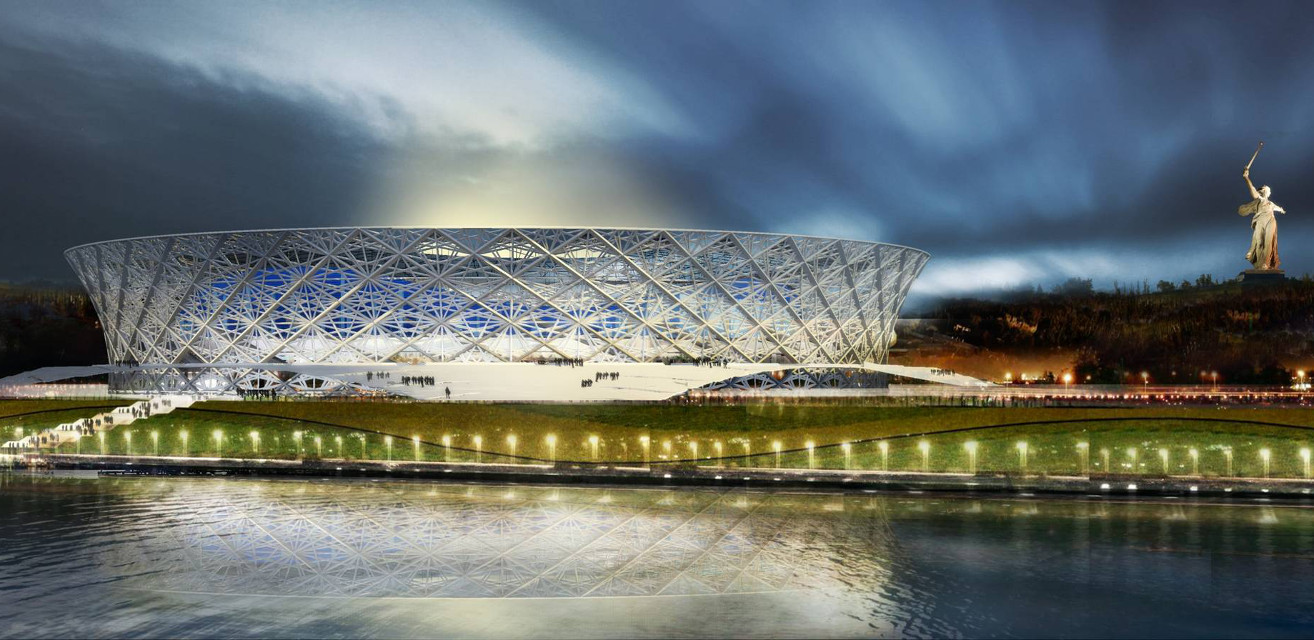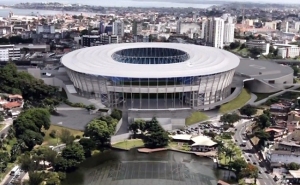It’s interesting that this year’s Women’s World Cup is timed well. Normally it would be held in June but summer up in the Northern Hemisphere is winter for the Southern Hemisphere. July and August will be like January and February down under. Nevertheless the weather should still be great for playing.
It’s crazy how because of COVID, there were a lot of setbacks in the sports world and football tournaments had to inch their way back to its normal holding. Euro 2020 was held starting in June 2021. The Women’s Euro that was to be held in the summer of 2021 was held in the summer of 2022 instead. The men’s World Cup in 2022 was held in November and December instead of July and August. Seeing how the Women’s World Cup is held only a month and a half later than usual shows things are slowly getting back to normal.
Now the focus is on Group B. There are teams with high expectations and underdogs. All can pull a surprise:

-Australia (10): Many can argue that the Matildas are the sleeping giants of Women’s Football. The highest they ever finished in a Women’s World Cup is in the quarterfinals. The highest they ever finished at the Olympics was fourth in 2021. They’ve won an Asian Cup and three Oceania Cups. Being host, they could surprise everyone and possibly make their first-ever semifinal.
Australia is coached by Sweden’s Tony Gustavsson. The team consists of nine members who have achieved more than 100 caps including captain Sam Kerr and defender Clare Polkinghome. Most of the players play for England’s Women’s Super League teams. Since 2022, they’ve scored wins against England, Spain, Czechia, Sweden and Denmark. They’ve also lost to Scotland and twice to Canada. I’m sure the Matildas are eager to show the world what they’re made of on home soil.

-Republic of Ireland (22): One thing about having 32 teams at this year’s Women’s World Cup, we will be having a lot of teams that have been underestimated in the past coming alive. One of which is the team from the Republic of Ireland, commonly known as “The Girls In Green.” Interesting they’ve never qualified for a Euro, but their qualifying stats for the World Cup resulted in them achieving a berth.
The team is coached by Dutch woman Vera Pauw who played for the Netherlands in the 90’s. Most of the players play in teams for England’s Women’s Super League. Since 2022, Ireland have won against Zambia, Morocco, Scotland and Finland. They’ve drawn against China and lost both their games against the US this year. Here in the Group Stage, anything can happen. It’s very possible Ireland can prove here to be a stronger team than what most of the world thought.

-Nigeria (40): Nigeria is one of only seven teams that have competed at every Women’s World Cup. The Super Falcons have often been seen as the best women’s team from Africa. They’ve made the knockout round of the Women’s World Cup twice, including the last WWC in 2019. They’ve won the African Women Cup of Nations eleven out of fourteen times and have won African Women’s National Team Of The Year four times. Nevertheless there’s no doubt they want to take things further.
The team is coached by American Randy Waldrum who has over 30 years of experience coaching women’s teams in both the NCAA and women’s national teams. Most of the women play for leagues around Europe but team captain Onone Ebi plays for the Nigerian league. Since 2022, they’ve achieved wins against Costa Rica, Haiti and New Zealand, a draw against Morocco and losses to United States, Japan and Colombia. 2023 is another test to see how far they’ll go.

-Canada (7): Canada is a team that’s hard to describe. At the Women’s World Cup, their highest finish ever is 4th. At the Olympics, the team has amassed two bronze medals and won gold in 2021! Canadians have produced many big names like Christine Sinclair, Melissa Tancredi and Kadeisha Buchanan. No kidding Canada wants to come here to challenge.
Despite not having a hard time qualifying for the WWC, the Canadian team is one of many women’s national teams that has had labor or pay disputes in the four years since 2019. The first came in February of this year when the team said they’d go on strike because of intended budget cuts, including to its youth team. They also received support from the men’s team as they claimed Soccer Canada obstructed justice in not making clear why the cuts were necessary. Teams from England, the US, Ireland and Japan wore purple armbands in support of gender equality for the Canadian women’s team. Things got uglier later in February as Soccer Canada forced the women to return to the team, claiming they never got legal permission to strike. Later that month, Soccer Canada president Nick Bontis resigned under pressure. Since March 9th, there has been no major news whether a pay equity resolution has been reached.
The team is coached by England’s Bev Priestman who was an assistant coach to England from 2018 and 2020. Most of the women play for American professional or intercollegiate teams. The current team has a lot of legends like Christine Sinclair, Sophie Schmidt, Kadeisha Buchanan and Kailen Sheridan, but also has some rising stars like Jordyn Huitema, Julia Grosso and Jayde Riviere. Since 2022, Canada has had wins against Australia, Argentina and Morocco, has drawn against South Korea, has had two wins and a loss against Brazil and has had losses to the US, Japan and France. Anything can happen at the Women’s World Cup and Canada could just reach new heights.
My Prediction: Predicting for this group should be easy, but it’s not that easy since football is an unpredictable sport. I would predict hosts Australia to top Group B with Canada coming in second.
And there you go. There’s my look at the teams of Group B for the Women’s World Cup. Be sure to check the FIFA website to see which networks will broadcast the games.






